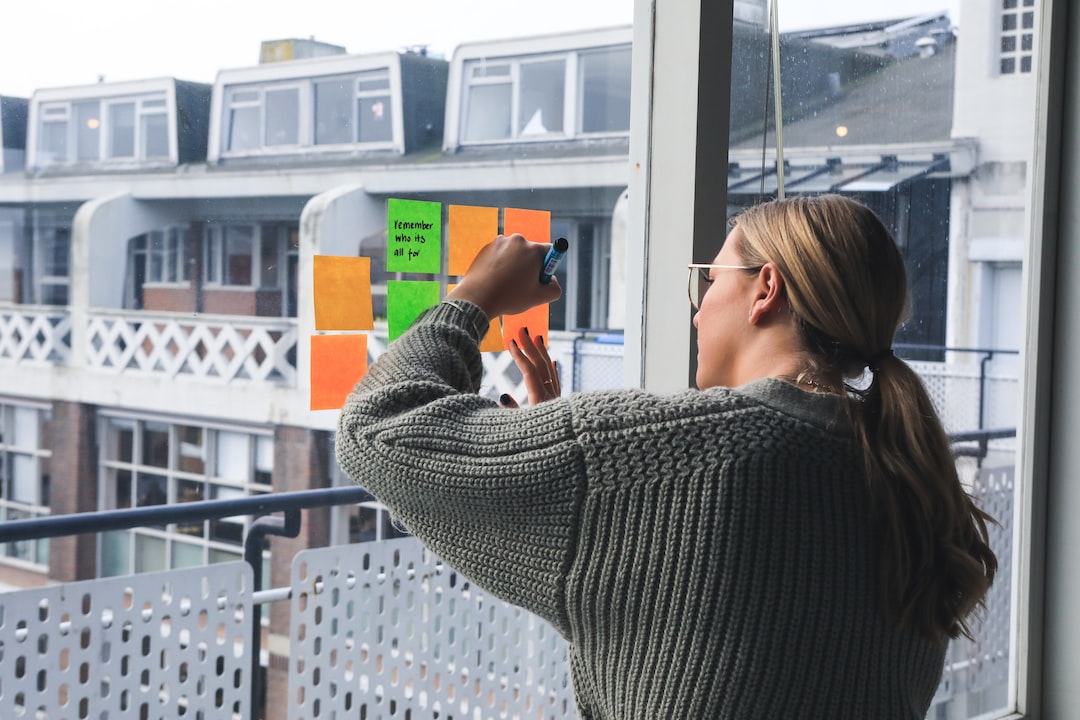The Art of Crafting a Powerful Cover Letter: Dos and Don’ts
In today’s competitive job market, your cover letter plays a crucial role in making a strong first impression. It is your chance to showcase your personality, skills, and enthusiasm for the position you are applying for. Crafting a powerful cover letter requires mastering the art of balancing professionalism and uniqueness. To help you stand out from the crowd, here are some dos and don’ts to keep in mind.
Do: Personalize your cover letter
One of the most important things you can do is to personalize your cover letter for each job application. Start by addressing the hiring manager by name, or simply use “Dear Hiring Manager” if you are unsure. Avoid generic greetings like “To whom it may concern” as they can come across as impersonal. Research the company and mention specific reasons why you are interested in working for them. This will demonstrate your genuine interest and attention to detail.
Don’t: Overuse cliches and generic language
While it is essential to be professional in your cover letter, it is equally important to avoid cliches and generic language. Phrases like “team player” and “excellent communication skills” have become overused and do not add much value. Instead, focus on specific accomplishments and experiences that highlight your unique qualifications. Provide concrete examples of how you have demonstrated your skills and how they can benefit the company you are applying to.
Do: Tailor your skills to the job description
Take the time to thoroughly read and understand the job description and requirements. Then, tailor your cover letter to showcase how your skills and experiences align with what the employer is looking for. Use keywords and phrases from the job description to demonstrate that you have the necessary qualifications. This will help you stand out as a candidate who understands the company’s needs and can contribute effectively to its goals.
Don’t: Repeat your resume
Your cover letter should complement, not repeat, your resume. Avoid regurgitating the same information in both documents. Instead, elaborate on relevant experiences and skills that make you an ideal candidate. Focus on aspects that go beyond your resume, such as how you have applied your skills to specific projects or how your past experiences have shaped your career goals. Use your cover letter as an opportunity to tell a story that cannot be found in your resume.
Do: Keep it concise and well-structured
Recruiters and hiring managers receive numerous applications, so it is important to keep your cover letter concise and well-structured. Aim for a length of about three to four paragraphs, and use clear and concise language. Start with an engaging introductory paragraph that captures the reader’s attention and explains why you are interested in the position. Then, use the body paragraphs to highlight your skills and experiences, providing specific examples and tying them back to the job requirements. Finally, conclude with a strong closing paragraph that expresses your eagerness to further discuss your qualifications in an interview.
Don’t: Neglect proofreading and formatting
Spelling and grammar mistakes, as well as poor formatting, can undermine the professionalism and effectiveness of your cover letter. Always proofread your letter multiple times and consider asking a friend or family member to review it as well. Pay attention to formatting, ensuring that your letter is well-organized and easy to read. Use a professional font and maintain consistency in your font sizes and styles throughout the document.
Crafting a powerful cover letter is an art that requires careful attention to detail and effective communication. By personalizing your letter, avoiding cliches, tailoring your skills, keeping it concise, and proofreading your work, you can create a cover letter that leaves a lasting impression on potential employers. Remember, a powerful cover letter can be the key to opening doors and securing the job of your dreams.

